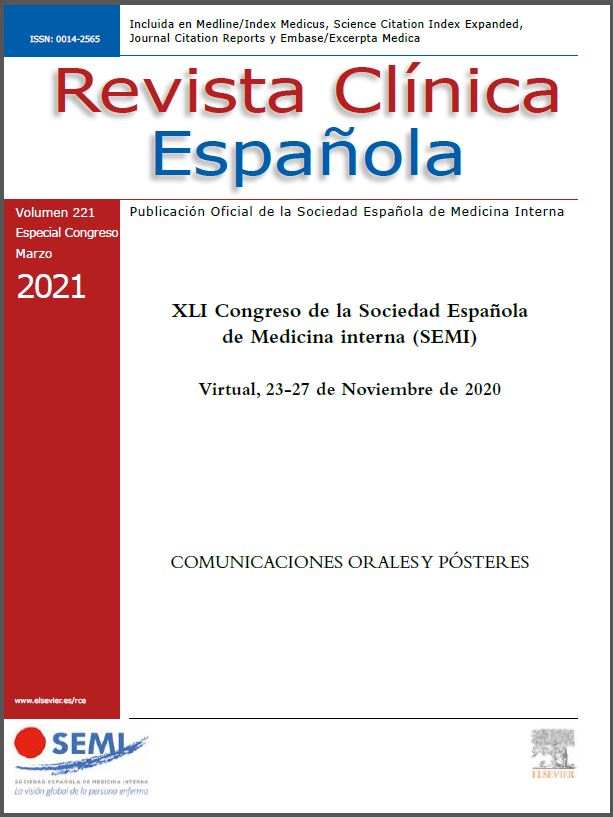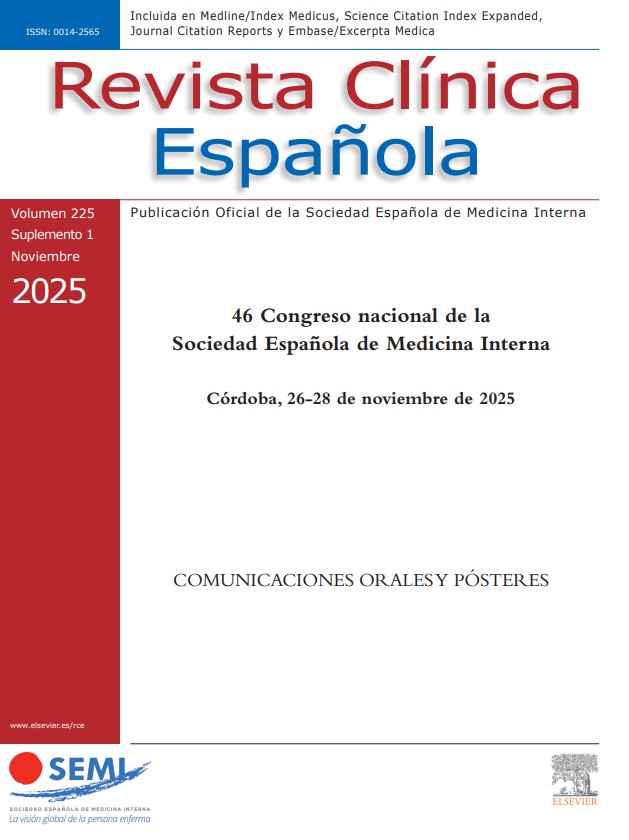EP-018 - IN VITRO EVALUATION OF AEROSOL DELIVERY USING A MESH NEBULISER UNDER HEALTHY AND CHRONIC OBSTRUCTIVE PULMONARY DISEASE BREATHING CONDITIONS
Clinical/Science. Aerogen Ltd. Galway, Ireland.
Objectives: Inhaled drug therapy is the preferred route of administration for patients suffering Chronic obstructive lung disease (COPD). In these patients, altered breath profiles may have a significant bearing on the amount inhaled and delivered to the lung. In this study we have evaluated the aerosol delivery performance of a bronchodilator via a vibrating mesh nebuliser in vitro with simulated adult healthy and COPD patients using appropriate breathing profiles.
Methods: Two breathing patterns were modelled using a breathing simulator (ASL5000); healthy adult (15 BPM, Vt 500ML, I/E 1:1) [1] and a COPD adult (18 BPM, Vt 600 ML, I/E 1:3) [2-10]. A dose volume of 1 mg in 1 mL salbutamol was aerosolized using the Aerogen Solo nebulizer in combination with the Aerogen Ultra and valved facemask (Aerogen, Ireland). 2LPM supplemental oxygen flow was used through the Aerogen Ultra. An adult head model connected was to the breathing simulator via a capture filter (RespirGard II 303). Aerosol delivery performance was evaluated by characterising the tracheal dose [drug delivered beyond the trachea]. Drug was quantified using UV-Spectrophotometry at 276 nm and interpolation on a standard curve. Minute volume (LPM) was recorded for both breathing patterns.
Results: The tracheal dose delivered was 28.24 ± 0.39% (282.35 ± 3.89 μg) for the healthy adult and 31.27 ± 1.87% (312.75 ± 18.74 μg) for the COPD adult. Time to deliver 1 ml dose was on average 1 min 49 secs ± 0.01 seconds. Minute volume was calculated at 7.5 & 10.8 LPM for the healthy and COPD adult models respectively.
Discussion: Bronchodilator delivery was higher in the simulated COPD patient. This may be due to the larger minute volume recorded under COPD breathing conditions. As expected, time to delivery of the dose was not affected by breathing profile.
Conclusions: These data may provide value in the optimisation of aerosol treatment strategies for COPD patients, and increased understanding that disease state or breathing profile may affect the aerosol dose delivered to the diseased lung.
Bibliografía
- ISO: Anaesthetic and respiratory equipment - Nebulizing systems and components. 2013.
- O’Donnell DE, et al. Am Rev Respir Dis. 1988;138(5):1185-91.
- Kondili E, et al. Intensive Care Med. 2004;30(7):1311-8.






